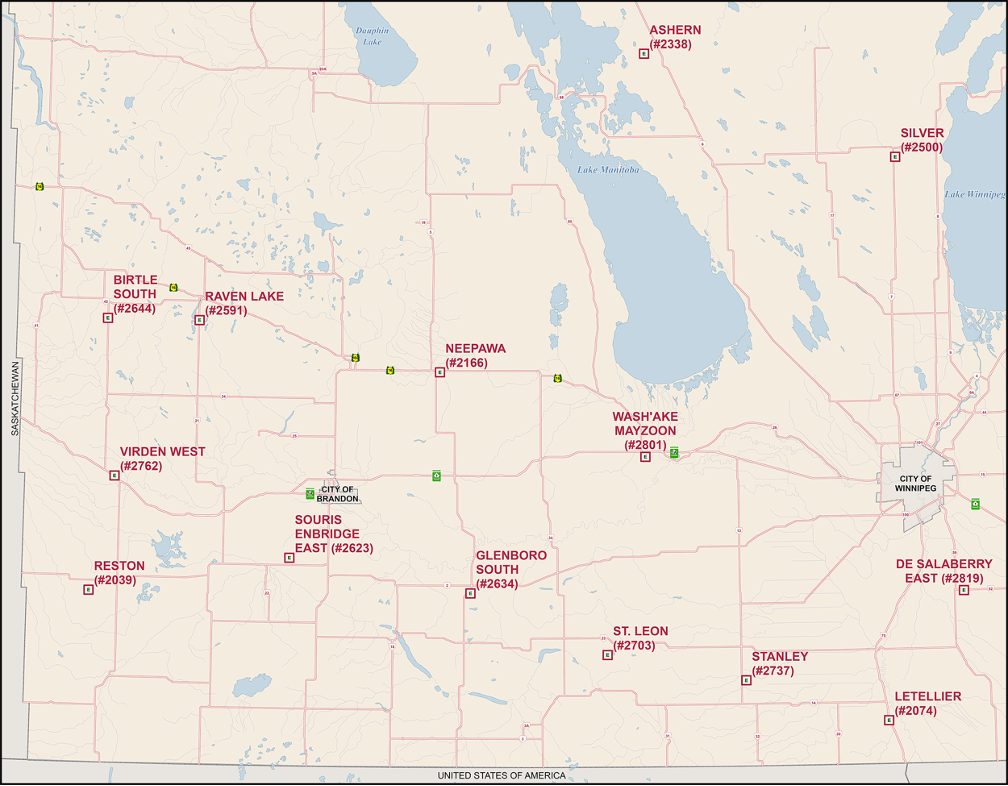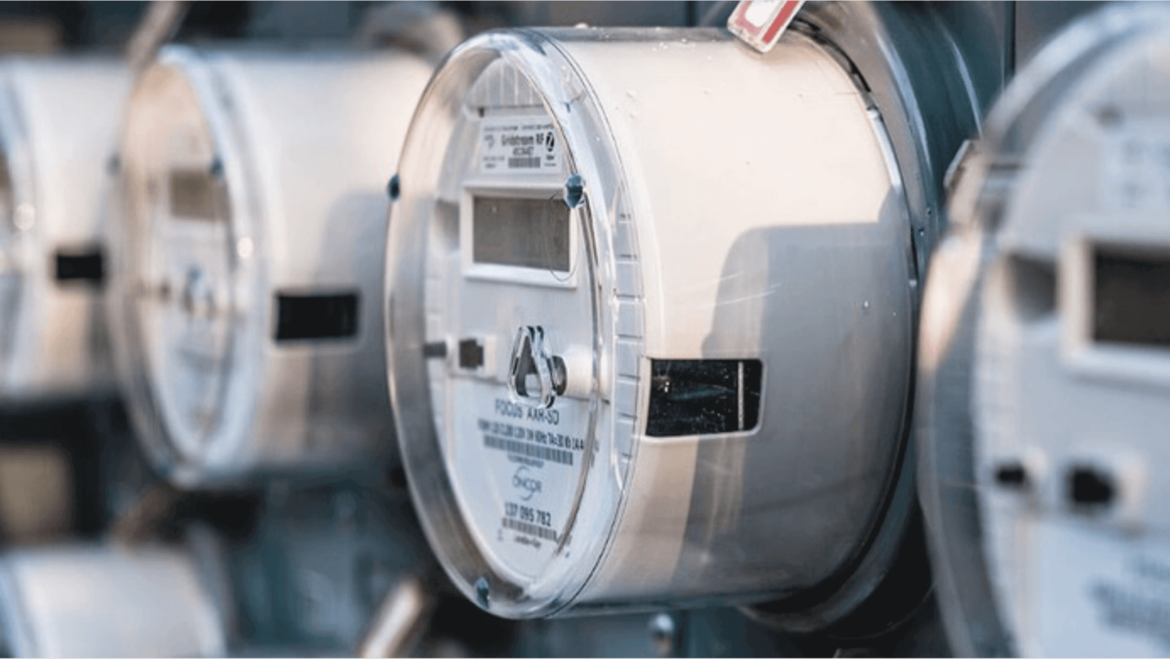Empowering Clean Tech Investments: Your Essential Guide to Prevailing Wage Benchmarking for ITC Labour Compliance
Author: Rachelle Lynne-Davies, P.Eng.
A series of ITC blogs from Compass Energy Consulting.
As the clean technology sector continues to grow, ensuring compliance with labour requirements is crucial for businesses seeking to maximize the benefits of the Clean Technology Investment Tax Credit (“CTITC”). One key aspect of this compliance is understanding the prevailing wage requirements that protect covered workers. This guide will cover the essentials, including definitions and step-by-step instructions on conducting prevailing wage benchmarking.
Understanding Covered Workers
Covered workers are individuals engaged in the preparation or installation of eligible property at a designated work site, and whose duties are primarily manual or physical in nature. Covered workers are not administrative, clerical, executive employees, or business visitors to Canada. Covered workers must be paid prevailing wages for their work on site, which are reflective of local labour market standards.
The Prevailing Wage Requirement
The prevailing wage requirement mandates that covered workers receive at least the local prevailing wage for their specific job classifications. These hourly wage rates are determined based on eligible collective agreements. Covered workers may already be subject to an eligible collective agreement, however in cases where that is not true, the prevailing wage benchmarking activity is necessary.
As per the federal legislation, the incentive claimant must attest that it has met the prevailing wage requirement, but that it has also caused the entire covered worker labour supply chain to meet the requirement. Evidence of this is expected form part of the Canada Revenue Agency (“CRA”) audit.
Eligible Collective Bargaining Agreements
An eligible collective bargaining agreement (“eligible CBA”) is defined by 1) the parties it applies to, 2) the date it became effective, and 3) applicability to the project and scope of work.
An eligible CBA is a contract negotiated between two parties, one being a trade union that is an affiliate of Canda’s Building Trades Unions (“CBTU”) and the other being a multi-employer entity. Eligible CBAs must also be the most recent agreement and must most closely align with the covered worker’s experience level, tasks and location, calculated on a perhour or similar basis. In order to ensure that covered workers are paid prevailing wages, the first step is establishing eligible CBAs to reference.
How to Conduct Hourly Wage Benchmarking
To effectively benchmark hourly wages for compliance, follow these steps:
- Gather Data: Collect information on hourly wage rates from reliable sources, such as CBTU’s ITC Portal, available here: https://buildingtrades.ca/en/investment-tax-credit-portal/. This data will help establish the prevailing wage for specific job classifications in your area.
- Identify Job Classifications: Clearly define the job classifications for the covered workers involved in your project. Each classification should have a corresponding hourly wage rate based on the collected data.
- Benchmark Prevailing Wages by Job Classification: Ensure that the data pulled from eligible CBAs aligns with the definition of a prevailing wage as per the Federal Legislation, which includes benefits such as vacation, pension, health and welfare, but does not include other fees such as union fees paid to funds.
- Compare Wage Rates: Assess the wage rates being paid to your covered workers against the prevailing wage data. Identify any discrepancies where workers may not be receiving the appropriate compensation. Be sure that the wage rates paid to your covered workers includes any benefits that they are entitled to.
- Adjust Compensation: If discrepancies exist, determine the necessary top-up payments or adjustments needed to ensure compliance with the prevailing wage requirement.
- Documentation: Keep thorough records of your benchmarking process, including data sources, wage comparisons, and any adjustments made. This documentation will be invaluable for compliance verification and audits.
By following these steps and understanding the essential components of labour compliance, businesses can empower their clean tech investments while ensuring fair compensation for covered workers. For more guidance on navigating CTITC compliance and labour standards, consider reaching out to experts in the field, like Compass Energy Consulting, who can provide tailored support for your clean technology projects.
Why Compass?
At Compass Energy Consulting, we are dedicated to guiding our clients through the intricacies of the CTITC labour compliance requirements, helping you ensure that your projects meet prevailing wage standards, and safeguarding the full value of the CTITC. By partnering with us, you can protect the full value of these essential tax credits, thus maximizing your investment’s potential.
If you’re looking for expert support in labour compliance, don’t hesitate to reach out to me at rachelle@compassenergyconsulting.ca. Together, we can help you navigate the compliance landscape and protect your business’ interests while leveraging the benefits of clean technology investments.
Check Out Our Other Blogs in the ITC Series
- Making Sense of the Federal ITC Legislation
- Making Sense of the Federal ITC Labour Requirements
- Penalty for Non-Compliance Could Be 50% of the ITC
- Empowering Clean Tech Investments: Your Essential Guide to Prevailing Wage Benchmarking for ITC Labour Compliance





